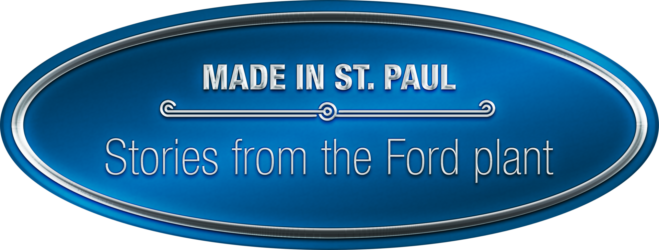Timeline
1903
Ford Motor Company founded; Tenvoorde Ford dealership established in St. Cloud
1903
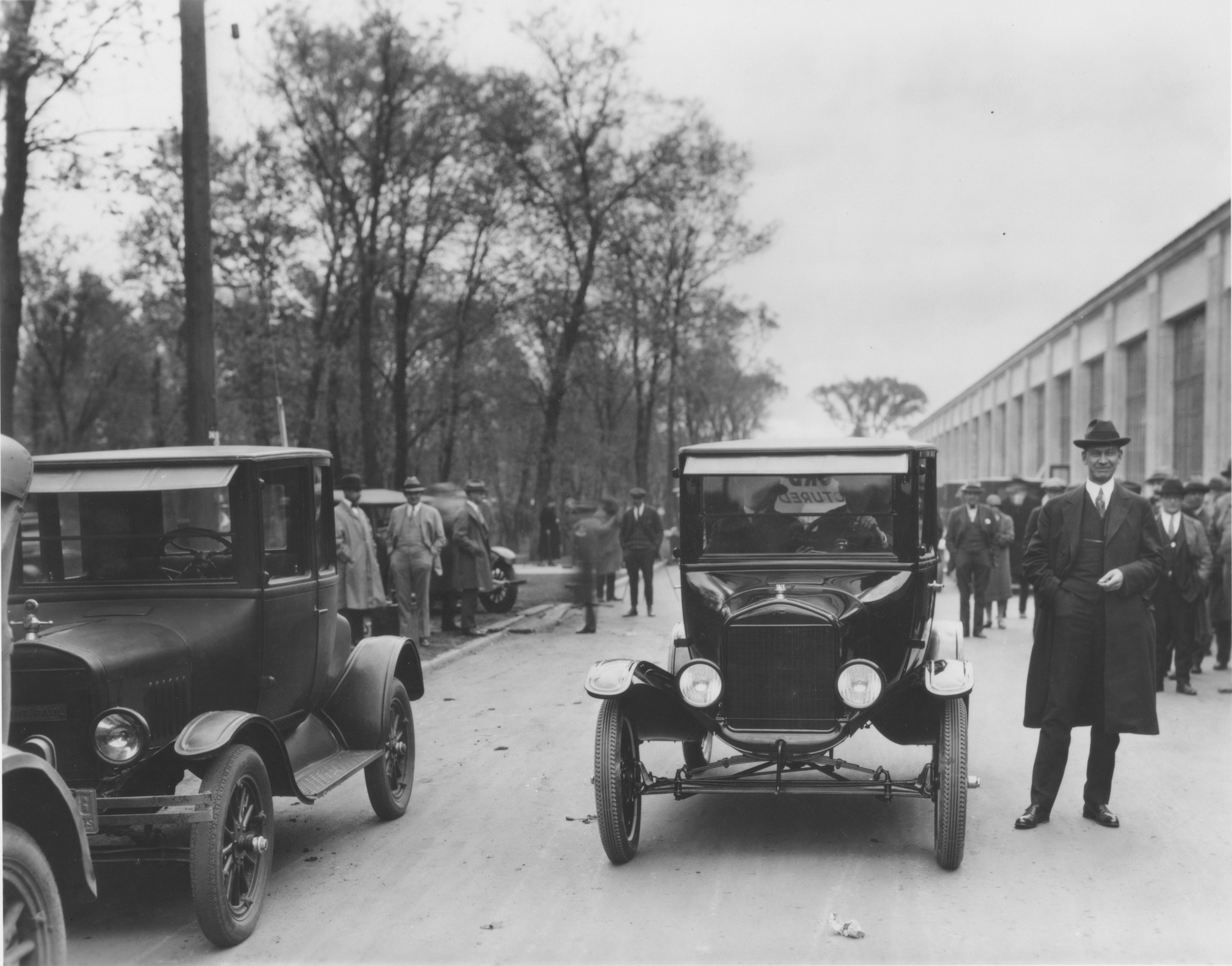
1908
Model T introduced
1908
1911
Army Corps of Engineers starts construction on Lock and Dam No. 1
1911
1912
Ford starts assembling Model T’s at 616 S. Third Street, Minneapolis
1912
1913
Ford experiments with assembly line in Highland Park plant, Michigan
1913
1914
Ford opens new 10-story Minneapolis plant
1914
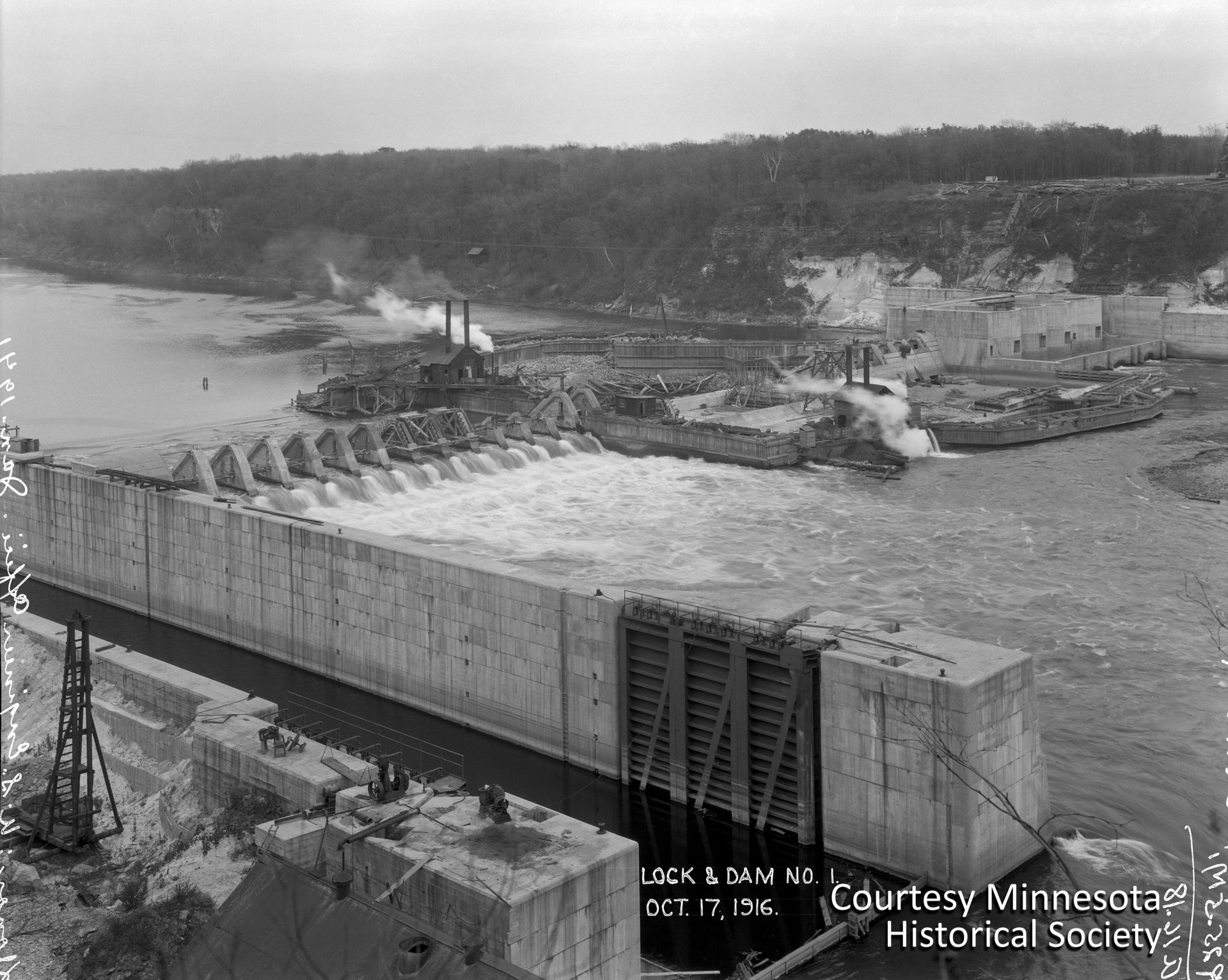
1917
Lock and Dam No. 1 completed at High Dam; U.S. enters WWI
1917
1921
St. Paul applies for permit to develop hydroelectric power at High Dam; 5 millionth Ford car built
1921
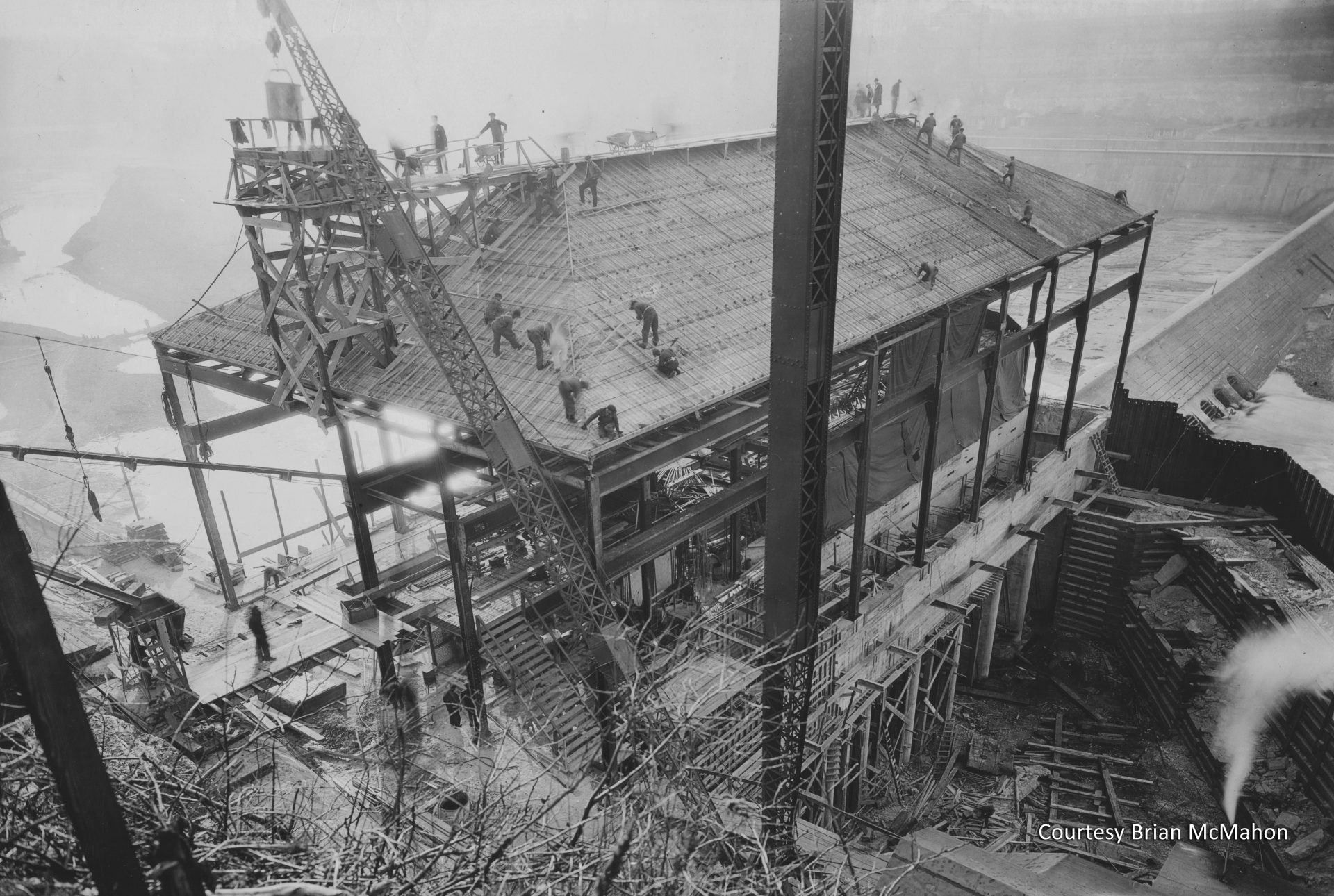
1923
Federal Power Commission awards Ford permit for hydropower at High Dam (over objections of Minneapolis); Henry Ford, Edsel Ford and other officials tour St. Paul site; construction begins on Twin Cities Assembly Plant (TCAP); GM introduces annual model changes
1923
1924
TCAP hydroelectric plant generates electricity
1924
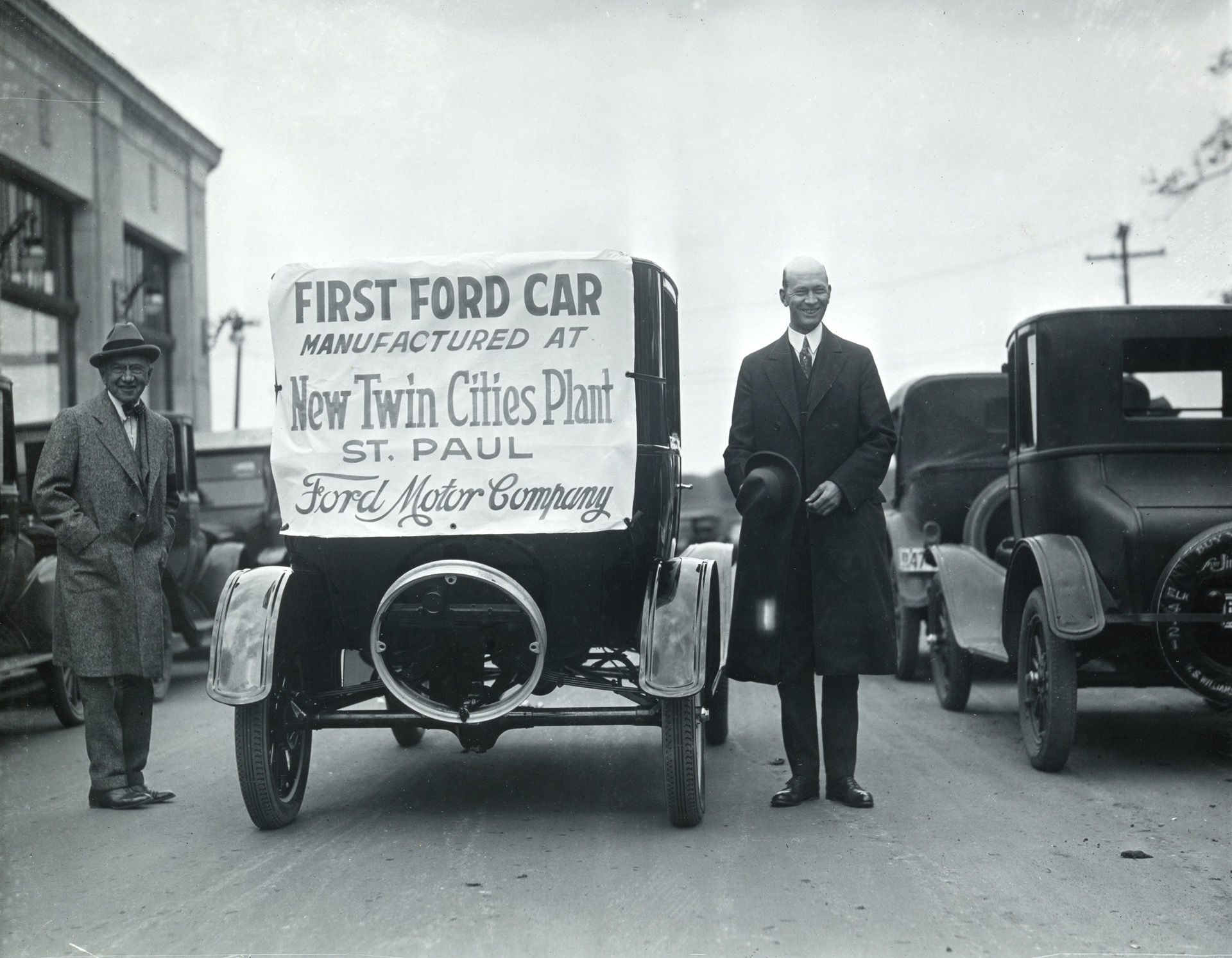
1925
First Model T rolls off TCAP assembly line on May 4; at 840,000 sq ft, it’s the largest Ford plant outside of Detroit. 500,000+ visitors tour plant and grounds
1925
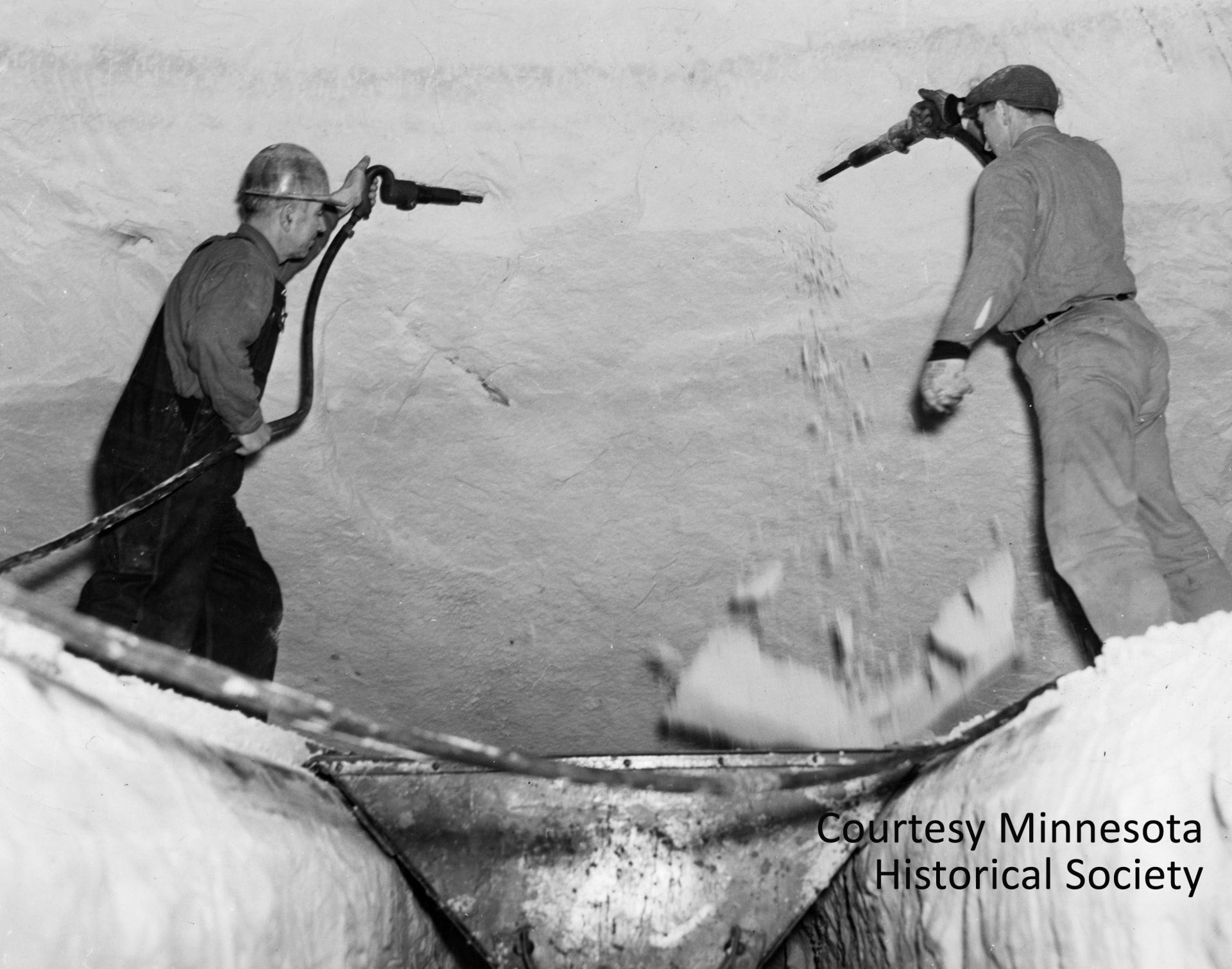
1926
Glass plant operation starts
1926
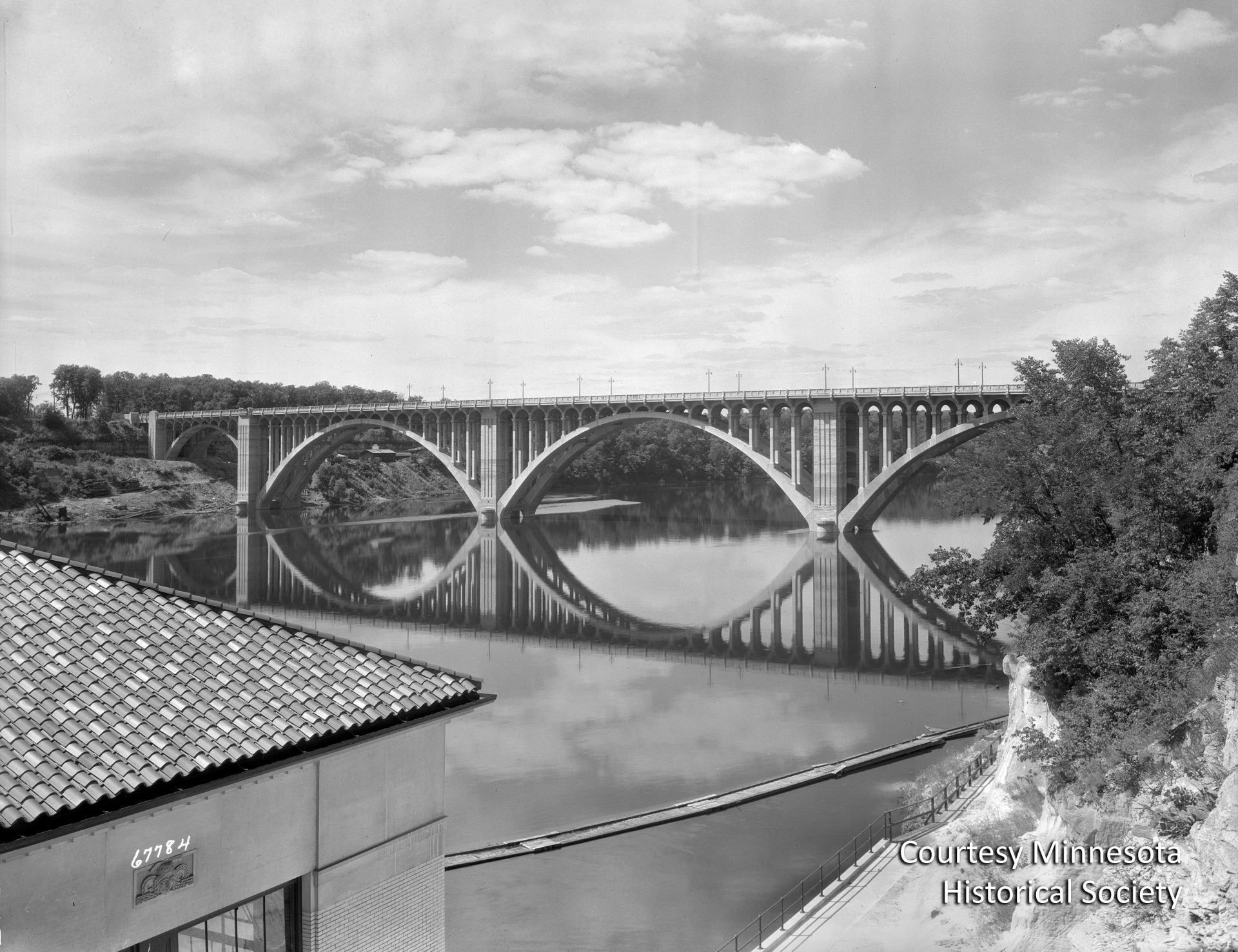
1927
Model T production stops, Model A starts; Ford Bridge opens
1927
1928
Lane’s Highland Park subdivision put on market
1928
1932
Ford introduces V-8 engine
1932
1933
TCAP closed during Depression; part of site turned into gardens
1933
1934
Federal government refuses to buy Ford vehicles because the company won’t accept the New Deal programs
1934
1935
TCAP reopens
1935
1937
Flint sit-down strike; GM and Chrysler organized; Battle of the Overpass at Ford, May 26
1937
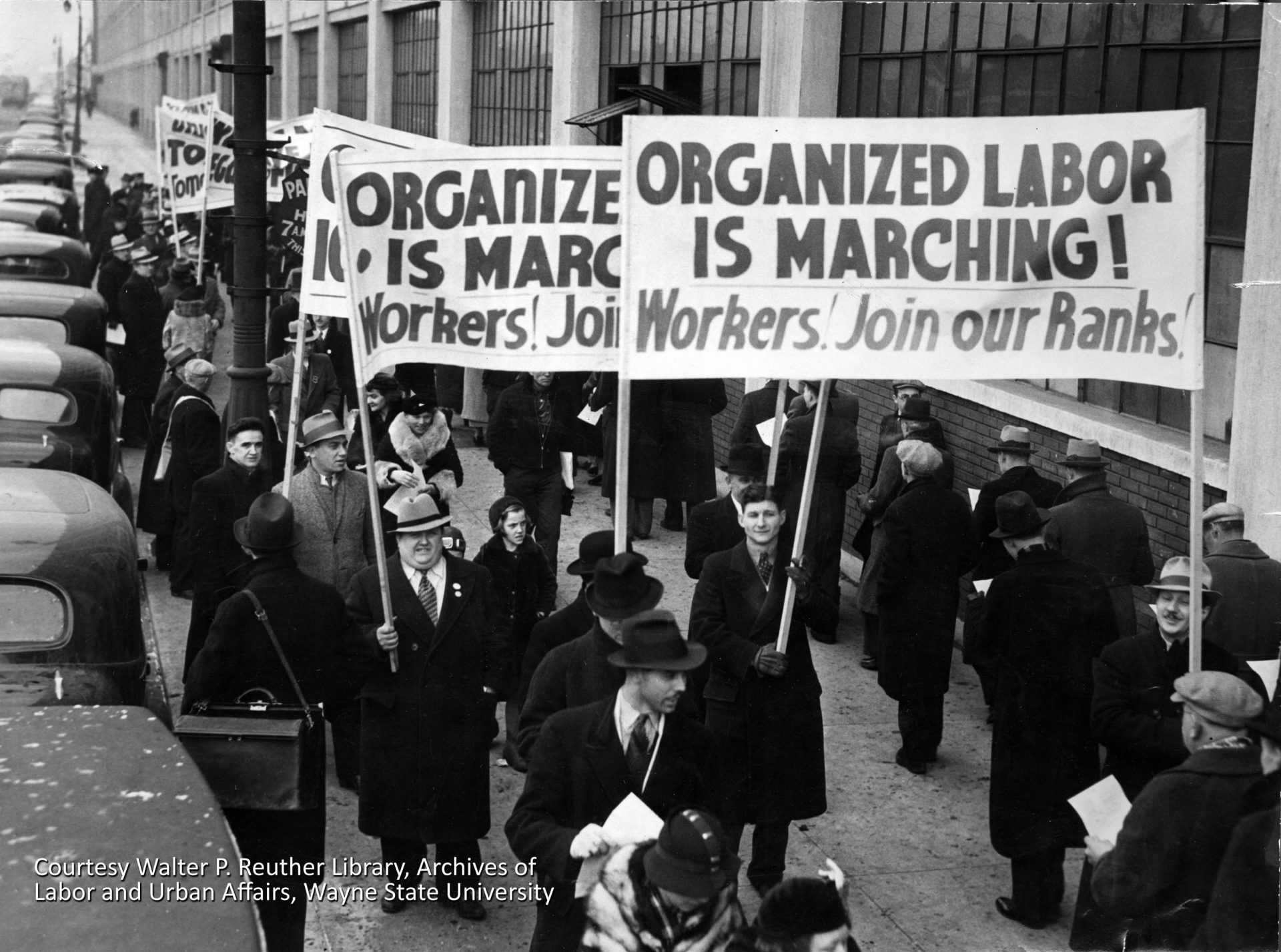
1941
Ford Motor Company organized by UAW; Local 879 forms new charter, July 18; federal government converts auto industry to war production; U.S. enters WWII
1941
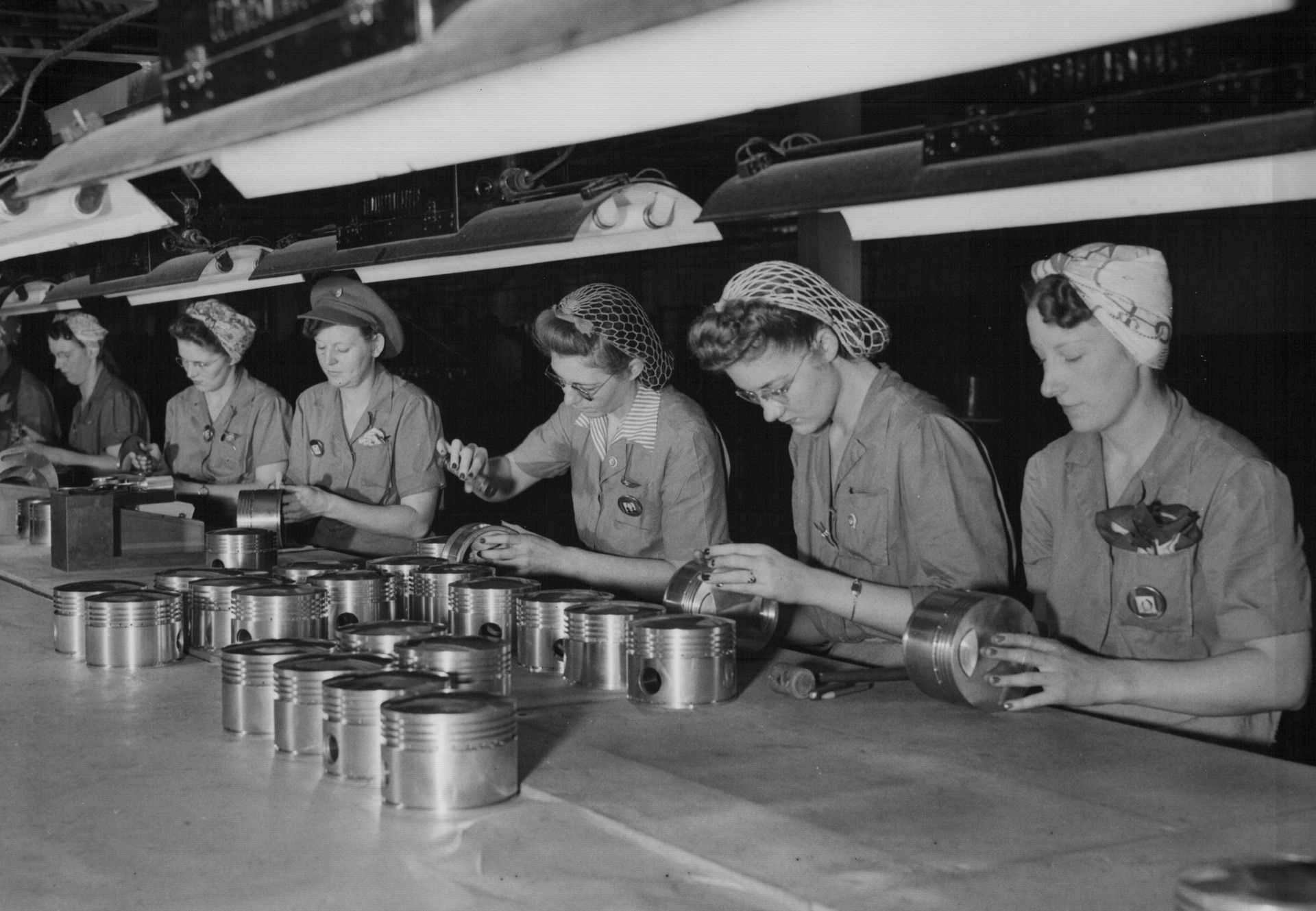
1942
TCAP converts to war production; many women recruited; Ford gets order to make M-8 armored vehicle (more than 6,000 would be produced here by 1945)
1942
1943
Edsel Ford dies; Henry assumes presidency
1943
1945
Henry Ford II (the Deuce) becomes president; WWII ends; TCAP resumes civilian production
1945
1946
Walter Reuther elected president of UAW
1946
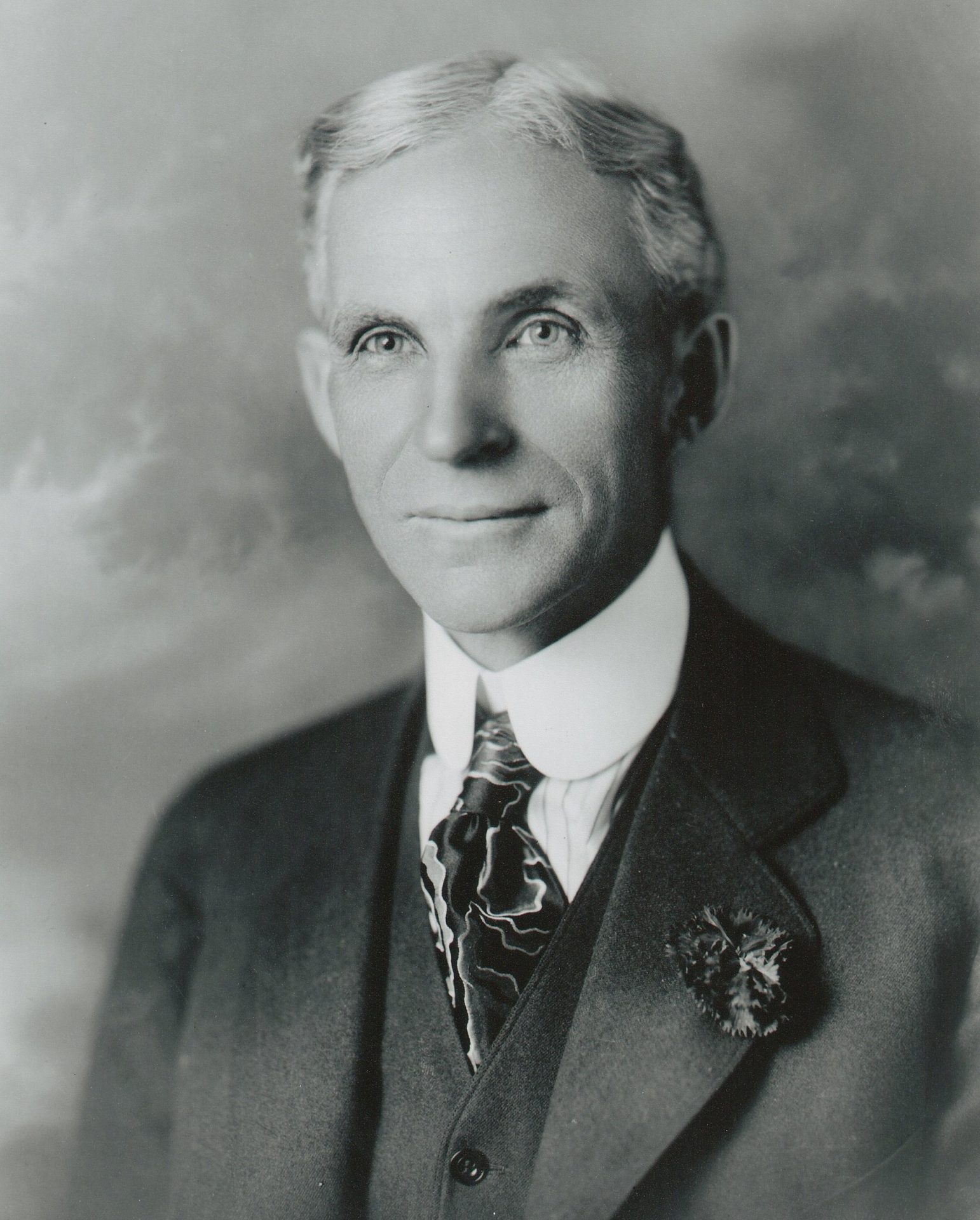
1947
Henry Ford dies, April 7
1947
1949
UAW pushes for expanded social security program; first pension plan for hourly workers; work standards included in contract
1949
1950
UAW strikes Chrysler for 104 days over pensions; Ford passes Chrysler in sales
1950
1952
Flooded Mississippi River knocks out steam and hydro plants
1952
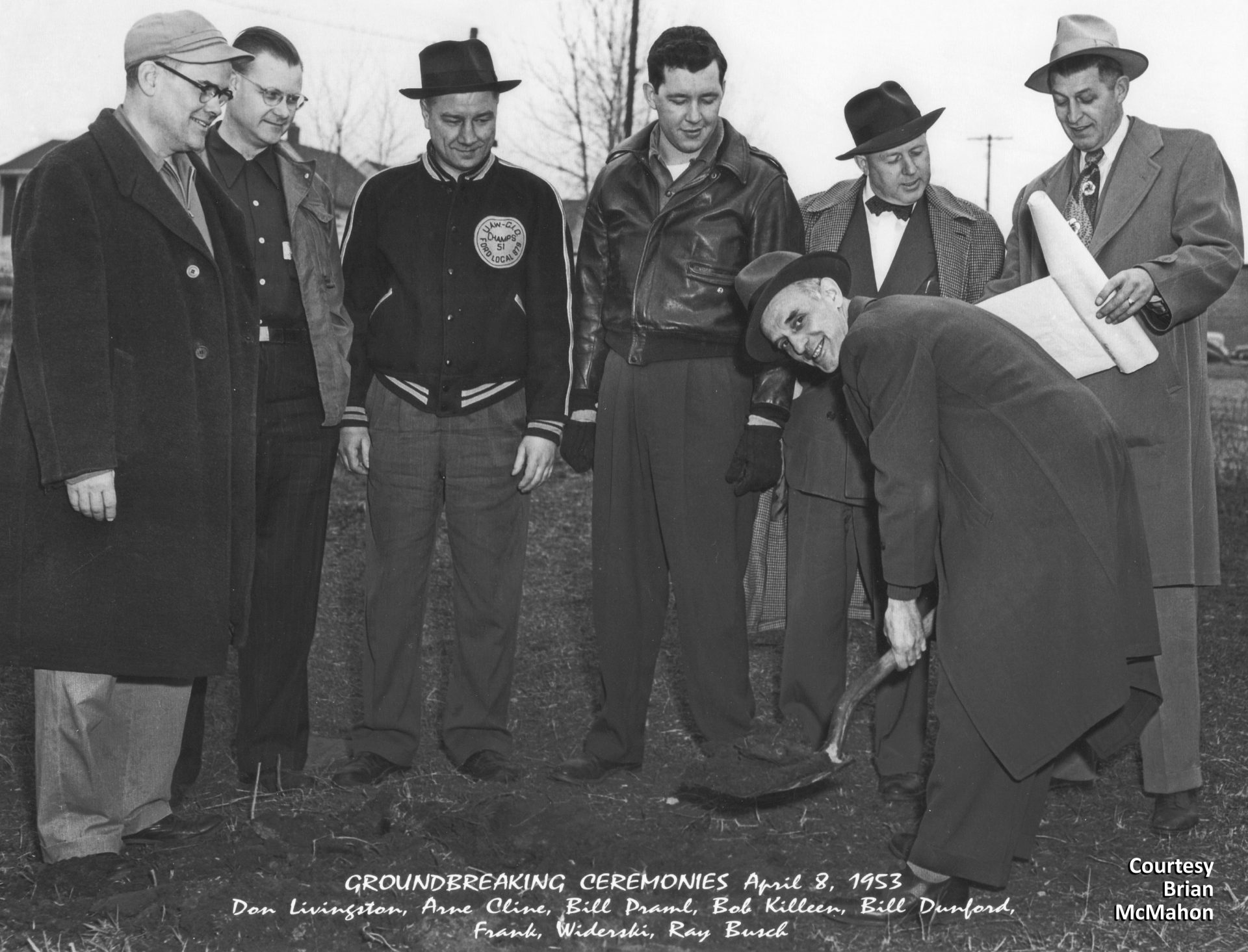
1953
Ford celebrates 50th Anniversary; UAW Local 879 dedicates new hall
1953
1955
Merger of AFL-CIO; George Meany, president; Walter Reuther, V.P.; TCAP produces 130,841 units, a new record
1955
1956
Ford goes public in the largest stock offering ever
1956
1959
Glass plant closes
1959
1965
Mississippi floods again but production uninterrupted; during changeover, skilled workers create fixed-automated welding equipment
1965
1967
National Ford strike lasts 68 days
1967
1969
New plant addition opens
1969
1971
Painting robots introduced early 1970s
1971
1974
Full-size cars not selling well during gas shortage; Ford has first quarterly loss since 1946
1974
1976
Nationwide Ford strike lasts one month; local mood is bitter. New labor agreement includes seven more days off; 4 millionth car made at TCAP; production increases by 20% despite strike: made 84,030 cars and 21,861 trucks
1976
1977
TCAP running 10 hrs/day, 5 days/week; gas rises above .60/gallon.
1977
1978
TCAP converts to all-truck production, adds second shift
1978
1979
UAW Local 879 and national UAW conduct work stoppage to write protest letters to Washington re: oil shortage; Ford loses $678M in third quarter; GM loses $300M; imports rise to 21.8% market share; Federal bailout given to Chrysler; 400 workers fired at TCAP, adding momentum to Unity Caucus, a dissident group; workers bring suit at National Labor Relations Board for labor violations
1979
1980
Ford loses $1.7 billion; Chrysler loses $1.5 billion; Ford commits half its net worth to new Ford Taurus and plant modernizations
1980
1982
For first time in 20 years domestic car production drops below 6 million; nationally, 250,000 autoworkers out of work; imports’ market share rises to 27.9%; Ford loses $658M, pays no dividends; new UAW contract with profit-sharing; locally, Ford celebrates 70th year in Twin Cities
1982
1983
Robots introduced at TCAP
1983
1984
New contract includes more job security, retraining
1984
1985
Two-year, $240M TCAP modernization completed; Ford Ranger production begins; American companies start to shift production to Mexico, years before NAFTA
1985
1987
550,000 Taurus and Sable models sold; for first time in 37 years Ford, beats Chevy; Ford reports highest profits in auto industry: $4.62 billion; Ford workers get largest bonus in industrial history; Ranger becomes best-selling compact truck
1987
1990
TCAP makes 6 millionth vehicle; output averages 900 units a day; TCAP wins prestigious Ford Q1 Award
1990
1992
TCAP suspends popular F-Series to focus on compact Ranger production
1992
1993
TCAP operates on two 10 hour shifts, making 890 Ranger pickups per day; Local 879 organizes national labor conference in St. Paul to discuss globalization
1993
1994
NAFTA goes into effect
1994
1996
Ford plant rates highest in quality – Harbour Report
1996
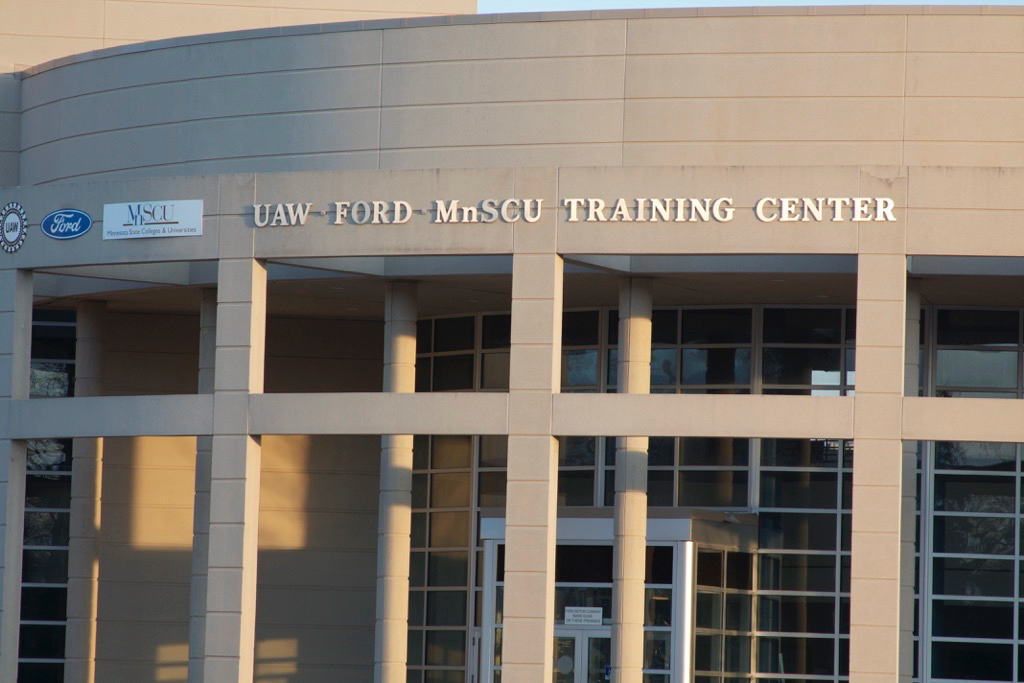
1999
New Training Center opens at TCAP
1999
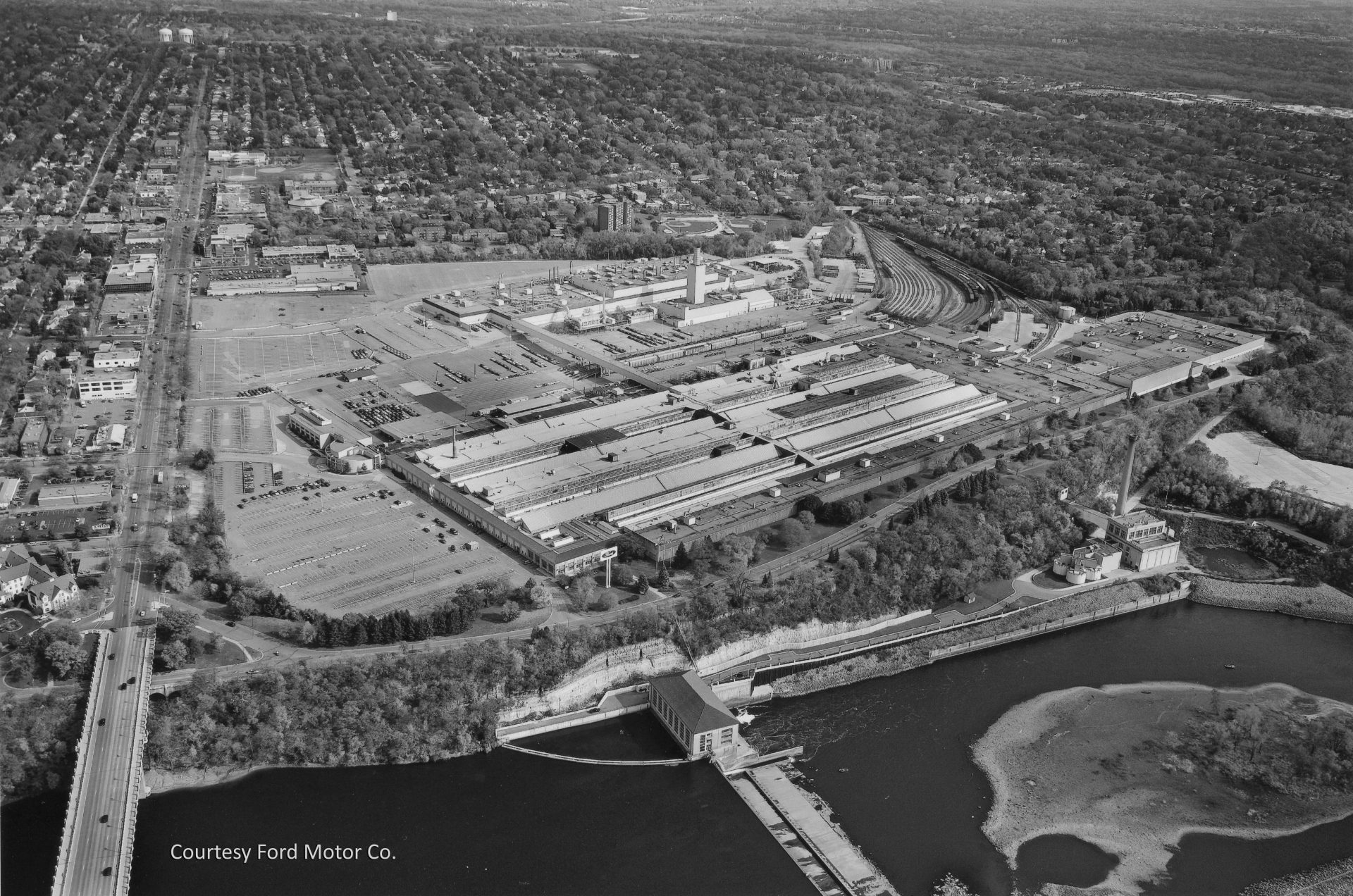
2006
State officials travel to Dearborn twice, seeking to prevent plant closing; UAW receives ‘dreaded phone call’ giving notice of plant closing, April 13; Ford starts process of selling off hydroelectric plant
2006
2007
Brookfield Renewable wins bid to acquire hydroelectic plant; City of St. Paul forms task force to explore redevelopment options
2007
2009
GM files for Chapter 11, seeks federal bailout
2009
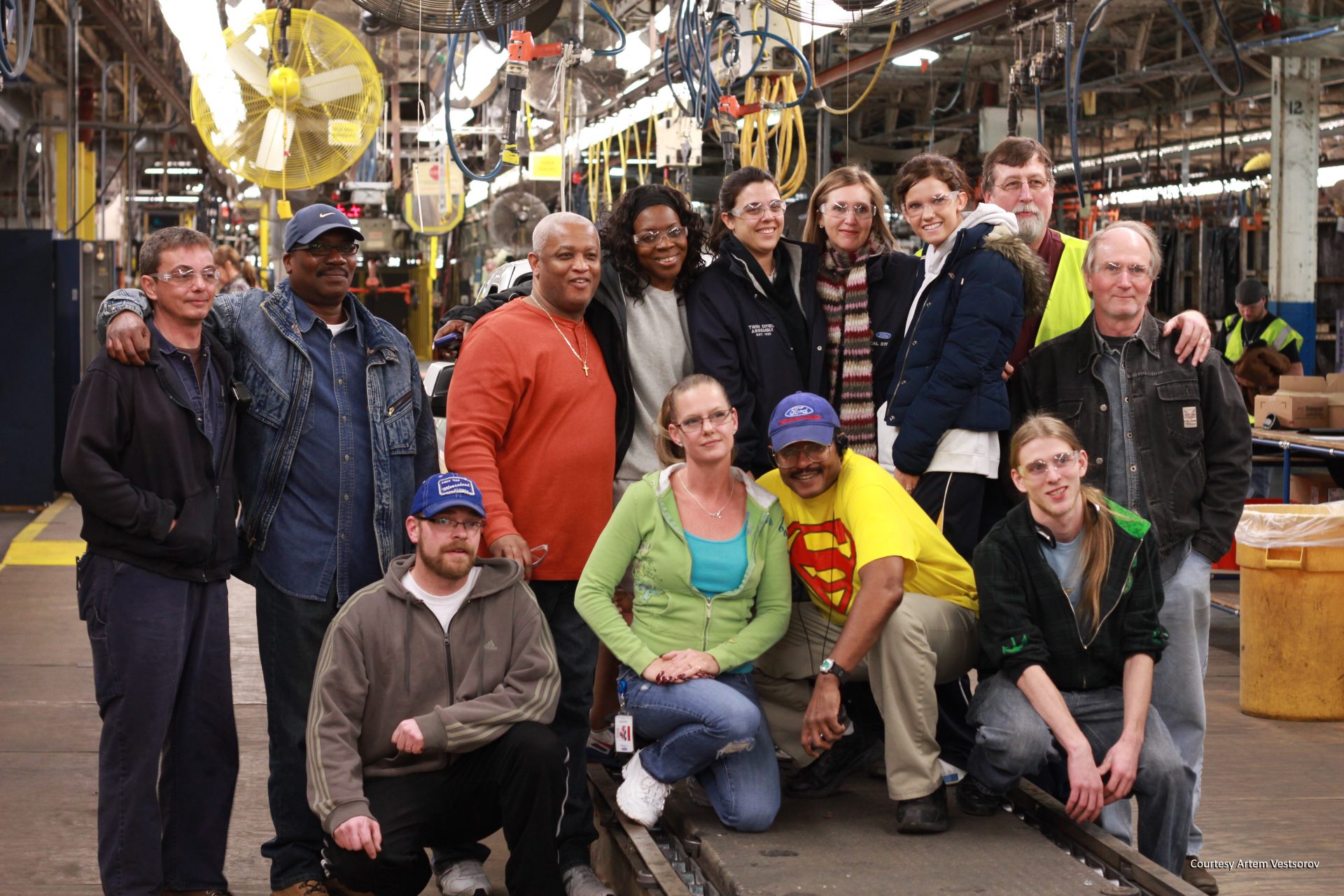
2011
TCAP closes; plant demolition begins in 2012
2011
